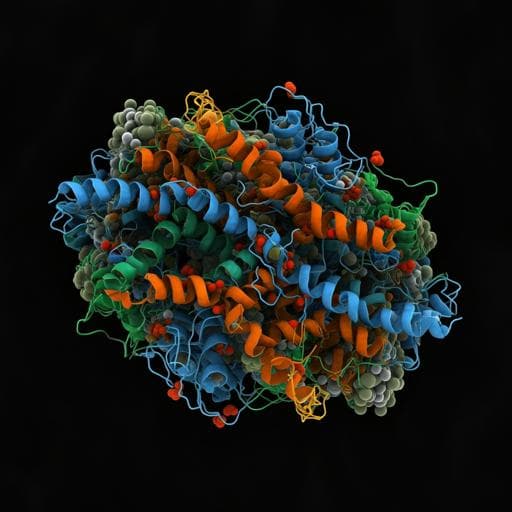
Biology
A rational blueprint for the design of chemically-controlled protein switches
S. Shui, P. Gainza, et al.
Discover an innovative computational protein design strategy that transforms drug-inhibited protein interactions into functional OFF- and ON-switches, enhancing cellular activities in synthetic circuits. This exciting research was conducted by Sailan Shui, Pablo Gainza, Leo Scheller, Che Yang, Yoichi Kurumida, Stéphane Rosset, Sandrine Georgeon, Raphaël B. Di Roberto, Rocío Castellanos-Rueda, Sai T. Reddy, and Bruno E. Correia.
~3 min • Beginner • English
Related Publications
Explore these studies to deepen your understanding of the subject.







